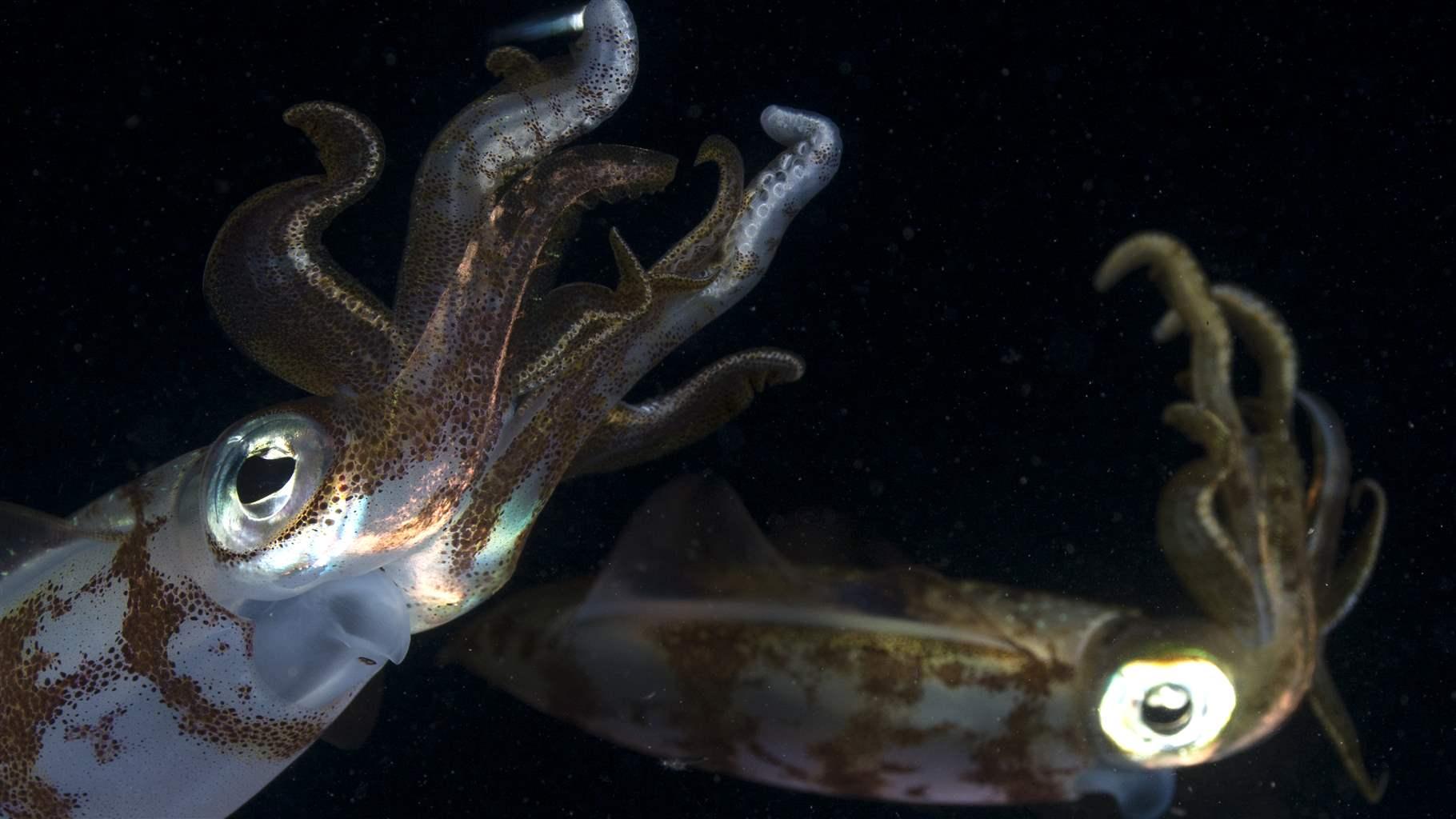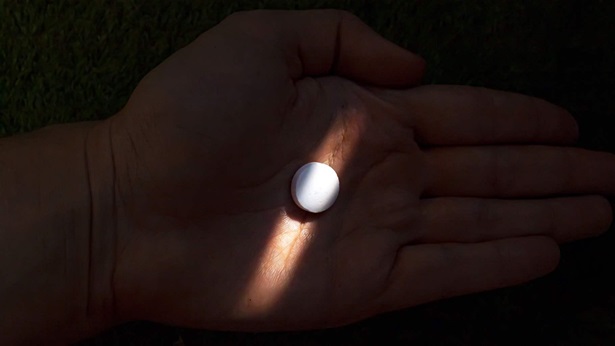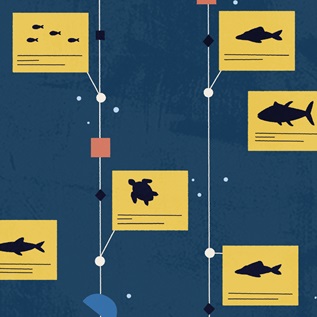As United Nations Weighs High Seas Treaty, Study Shows Areas That Merit Protection Now
Pew-funded research focused on biodiversity, habitat and other factors

Editor's Note: This analysis was updated on March 15, 2021, to reflect the publication of the study.
The high seas are distant and vast, starting 200 nautical miles from the shoreline and making up nearly two-thirds of the ocean. These waters don’t get the attention of closer-to-shore ecosystems, but they should: The high seas are teeming with life and support important and unique ecosystems. Now, however, all of that is under increasing threat from human activities and climate change, which is making the ocean warmer and more acidic.
Human activity on the high seas is subject to relatively few regulations, especially compared to the suite of rules governing activity in national waters. And because the high seas are so remote and not under a single government’s authority, enforcing existing rules and providing for environmental safeguards pose a monumental challenge.
Marine protected areas (MPAs) are among the most effective tools for conserving and restoring ocean health, according to a growing body of science, but under the current system of ocean management, there is no way to establish comprehensive MPAs for most parts of the high seas. A United Nations treaty on marine biological diversity of areas beyond national jurisdiction—known among experts as BBNJ—aims to address this gap by enabling, among other things, the creation of high seas MPAs. U.N. negotiations on that agreement are scheduled to conclude this year, and assuming negotiators finalize the deal, the next question arises: Which areas of the high seas should be protected first?
The Pew Charitable Trusts funded a team of scientists, led by Doug McCauley, a professor of ecology, evolution, and marine biology at the University of California Santa Barbara, to answer this question. Their study, which has been published by the journal Marine Policy, considered a variety of factors: species richness, vulnerability of those species to extinction, the presence of seamounts and hydrothermal vents, habitat diversity, and productivity—a measure of an area’s carbon absorption and contribution to the marine food web. The authors then used a conservation prioritization tool called prioritizr R to help select areas of the ocean that would include at least 30 percent of the conservation features described above while minimizing overlap with areas that are already being heavily fished.
Among the areas included in the study’s conservation solution are the Lord Howe Rise and south Tasman Sea, which hold some of the most biodiverse and productive waters beyond national jurisdiction in the world. These sites form critical stepping stones along the migratory corridor for marine megafauna such as humpback whales.
In a new report based on the study, Pew provides context and additional detail about some of the areas included in the study’s conservation solution. One of those is a site in the Arabian Sea—an area of the northern Indian Ocean known as an extreme oxygen minimum zone, a rare place where the density of marine life is consuming so much oxygen that very little is left for the rest of the ecosystem. These waters are home to unique deep-sea creatures that have adapted to the low oxygen conditions as well as large predators such as squids, ribbonfishes, tuna, and billfish.
The report does not cover every site in the UCSB analysis but illuminates the breadth and diversity of high seas habitats and the animals that call them home.
U.N. member countries should work swiftly to finalize an ambitious high seas treaty—that is, one that will provide meaningful protections to important high seas areas, which in turn would improve ocean health and benefit the billions of people who rely on a thriving marine environment.
Liz Karan directs The Pew Charitable Trusts’ work to protect ocean life on the high seas.
This video is hosted by YouTube. In order to view it, you must consent to the use of “Marketing Cookies” by updating your preferences in the Cookie Settings link below. View on YouTube
This video is hosted by YouTube. In order to view it, you must consent to the use of “Marketing Cookies” by updating your preferences in the Cookie Settings link below. View on YouTube


America’s Overdose Crisis
Sign up for our five-email course explaining the overdose crisis in America, the state of treatment access, and ways to improve care
Sign up









